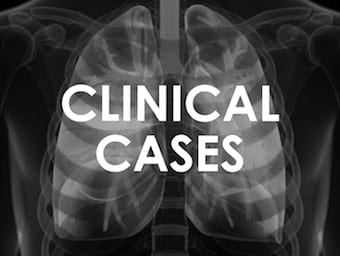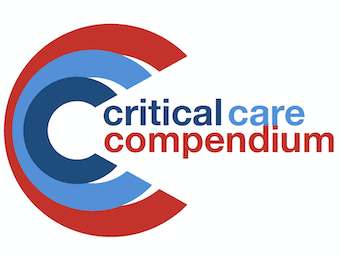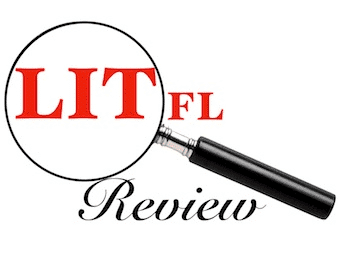
Pulmonary Embolus pondering
A 52 year old bricklayer is transferred from another hospital with an acute episode of dizziness, palpitations and tachycardia. 2 days prior, he had bilateral total knee replacements for osteoarthritis.

A 52 year old bricklayer is transferred from another hospital with an acute episode of dizziness, palpitations and tachycardia. 2 days prior, he had bilateral total knee replacements for osteoarthritis.

CLINICAL FEATURES fever cough SOB sputum nonresolving pneumonia RISK FACTORS dental caries foreign body aspiration (tooth, peanut) severe necrotising pneumonia altered LOC dysphagia IV drug use (septic emboli) septic thrombophlebits (pelvic or internal jugular) tumour Tb vasculitis MANAGEMENT identify organism…

Obstructive sleep apnea (OSA) syndrome: cessation of airflow from nose/mouth for >10s
resulting in intermittent respiratory arrests with hypoxaemia; interruption of REM sleep; >5 episodes/h

Funtabulously Frivolous Friday Five 102 - Just when you thought your brain could unwind on a Friday, some medical trivia FFFF.

The general principles are the same as for extubation of ICU patients. However, the criteria for extubation in the ED are generally more stringent as most ED staff are less experienced and less familiar with the process

Welcome to the 356th LITFL Review! Your regular and reliable source for the highest highlights, sneakiest sneak peeks and loudest shout-outs

Normal swallowing requires: timing and coordination of many muscles and several cranial nerves which are under voluntary and involuntary nervous control.

Difficulty weaning is an important ICU challenge. 20% to 30% of patients are difficult to wean from invasive mechanical ventilation

Non-invasive ventilation can be used as adjunct for weaning patients from mechanical ventilation

The criteria used to assess a patient to determine whether they are ready for extubation is complex and multi-factorial.

Extubation Assessment: Hot Case. List reasons -> present clinical signs that prove reasons

The cuff leak test is used to predict risk of post-extubation stridor in intubated patients. Use and interpretation of the test needs to take into account the overall context of the patient's condition and the management implications